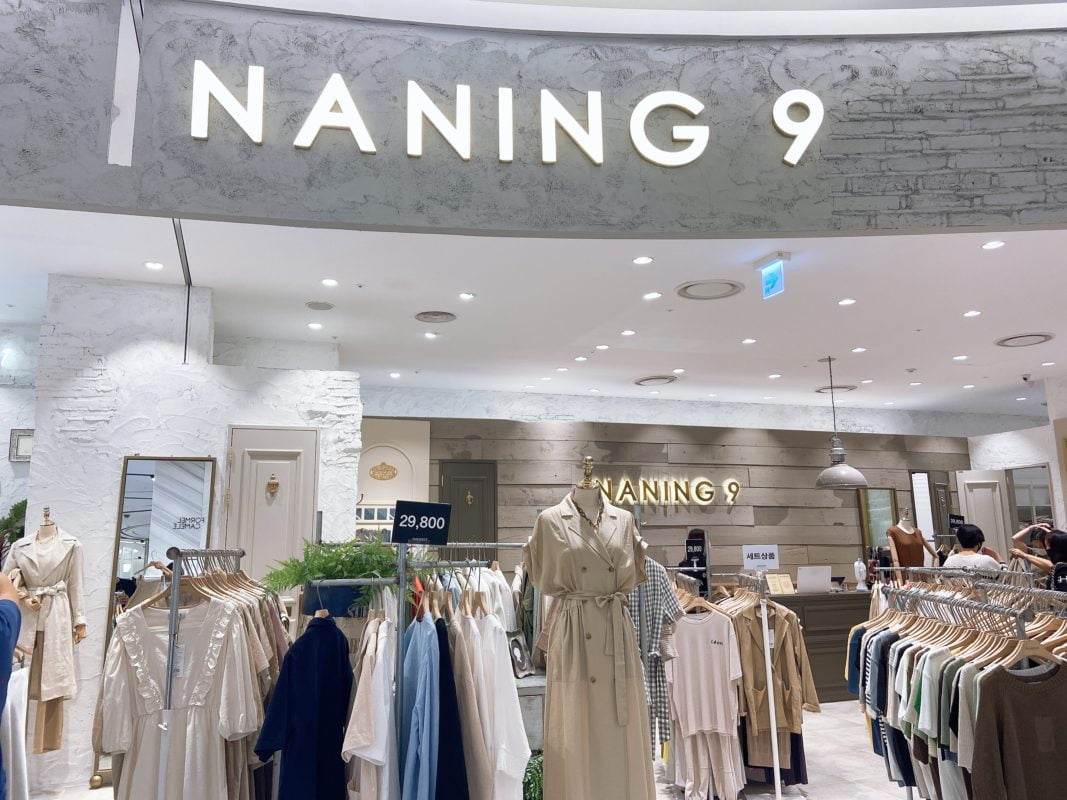COVID-19 changed the world. The fashion industry was one of the most affected global industries. The fashion industry has begun to take action on multiple fronts. Fashion marketing moved in a new direction due to COVID-19. South Korea is an example. Korea has pushed physical stores, online events, and social media forward.
In today’s post, COVID-19 days, fashion brands must join together their physical and online efforts to attain and maintain an audience. COVID-19 has forced brands to use virtual tools to reach customers. Therefore, the fashion industry needed to up it’s fashion marketing to get through the shutdowns. Korea emphasized its customer’s needs during this last year. So, they cared about health, saving money, and the lack of physical contact.
Table of Contents
Physical Stores


Naning 9. South Korea. Tuesday, December 22, 2020. (10 Mag)
Some ways offered by Korea to combat COVID-19 were new uses of physical stores. Many of Korea’s high-end brands created personal digital shoppers. This extended their private shopper programs already in place. Using platforms like FaceTime, customers can be shown new looks. They could also get advice on what to wear.
When physical stores closed in South Korea, the habits of consumers changed. No one could predict the highs and lows of the already fragile fashion industry. However, South Korean citizens indeed kept the drive alive. “Retail therapy” was a common thread to help get through the country shut down. This marked the economy high and the fashion industry booming.
Fashion Shows Cancelled
Models wait for their rehearsal before a face mask fashion show amid the coronavirus pandemic in Seoul, South Korea, Friday, July 24, 2020. (AP)
Throughout the year, fashion weeks and runways were a no-go. During the AW20 penultimate week, COVID-19 made its way into Europe. Milan fashion week canceled first. Asian brands made it clear their stance on in-person fashion showed when Angel Chen and Ricostru canceled their fashion week appearances. Six Asian brands also canceled, including Masha Ma, Shiatzy Chen, Uma Wang, Jarel Zhang, Calvin Luo, and Maison Mai. Since then, International Fashion Weeks later in the calendar have been halted.
Online Events
Shanghai’s first digital fashion week meant for brands and designers. Tuesday, December 22, 2020. (Alizila)
Online fashion shows are the continuation of the in-person fashion show. On the screen, there are videos specific to each brand. This screen “allows brands to activate a series of augmented reality features.” This can include “information layers and multiple points of view.” Therefore, the multi-view allows for a dynamic experience. Online fashion shows began on March 24th. Specifically with the Shanghai Fashion Week. It was entirely digitally. The talent support platform ‘Labelhood’ helped 31 designers showcase new collections through social channels and websites.
Social Media
Pinko’s live-streamed fashion show at the digital-only Shanghai Fashion Week. Tuesday, December 22, 2020. (Alizila
Small or independent fashion brands have always struggled to have traction in the fashion industry. However, COVID-19 has made their efforts significantly harder. Brands like MINJUKIM, GENTLE MONSTER, KYE have taken their social media efforts to the next level pushing them to lists like “2020 Must-Know Korean Fashion Brands.” However, Instagram has been a massive help to fashion companies in 2020. Instagram’s best feature is the allowance of widespread coverage of different articles of clothing and pairings.
Video fashion marketing has boomed throughout the year, especially for IGTV, YouTube, and TikTok. Videos have one primary function, to get info across. However, there are two ways of doing that Transactional and Idealized. Both connect the audience to the content in the video to allow people at home to be connected.
Transactional videos
These are influencer based videos for change and a call to action mainly seen on Instagram.
Idealized videos
Brands do these to motivate followers by telling stories and building a connection. YouTube “lends itself more to official communications.”
Overall, the pandemic has pushed fashion. To clarify, companies are out of the comfort of catwalks and brick buildings. Find more on Korean fashion on KWorld Now or watch the short video below!
